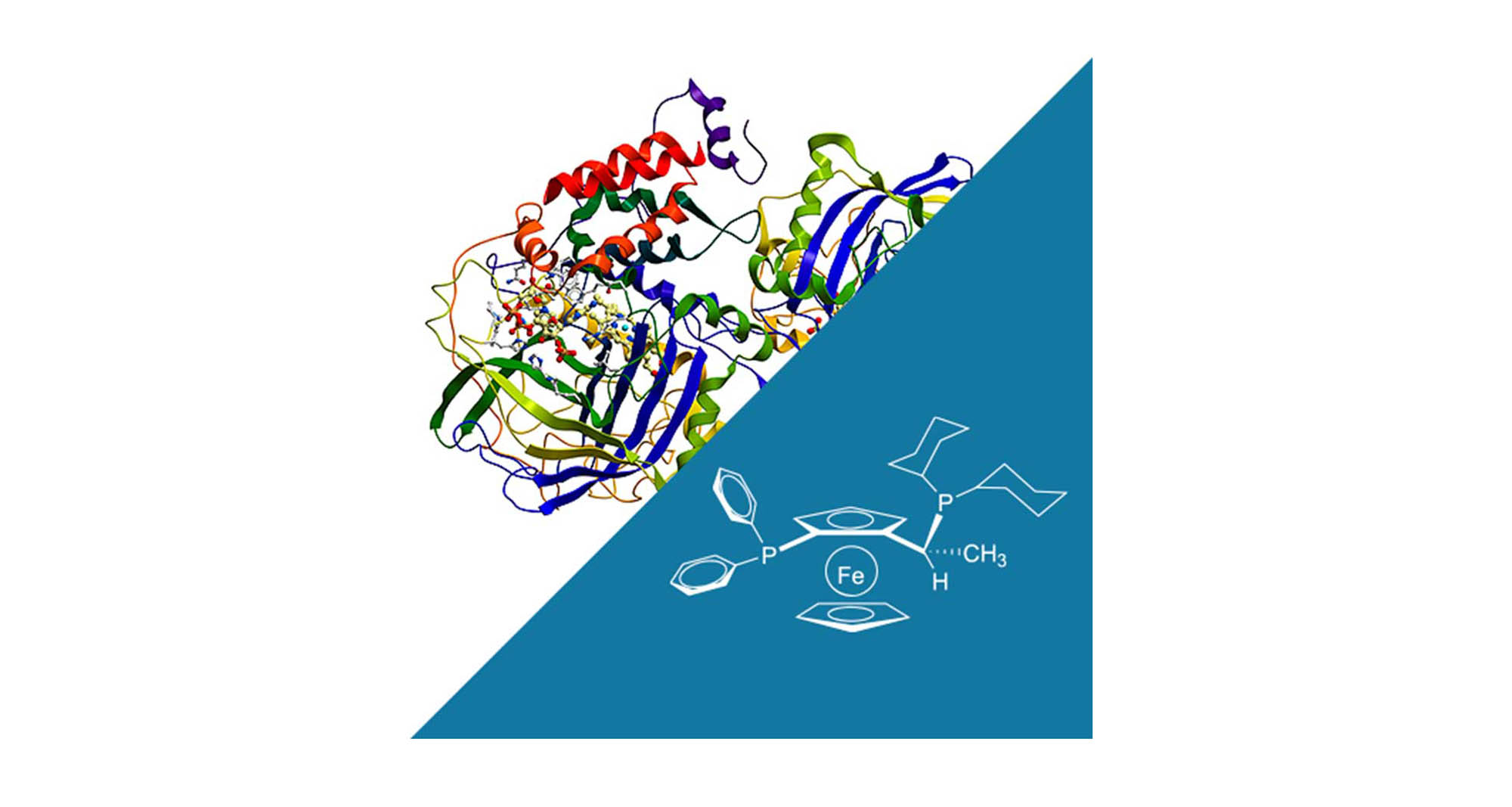Solvias and Enzymicals are offering access to two of the largest off-the-shelf ligand and enzyme portfolios with a suite of related technology services. Both companies collaborate to offer their clients the most suitable approach for their catalytic transformations.
In the realm of modern industrial processes, catalysis plays a pivotal role in enabling efficient and sustainable chemical transformations. Catalysis enhances reaction rates, reduces energy consumption, and minimizes waste production, making it an essential component in various fields, including pharmaceuticals, materials science, and environmental technologies. Within the vast landscape of catalysis, two prominent forms have emerged: chemo and enzyme catalysis. Both types share the fundamental goal of accelerating chemical reactions. However, they exhibit significant differences in terms of catalyst nature, reaction conditions, and applicability.
Chemo catalysis encompasses a broad class of catalysts that are predominantly inorganic or organometallic in nature. Unlike enzymes, chemo catalysts are typically synthetic materials, finely tuned through design principles to achieve desired catalytic activity. Chemo catalysis often operates under more rigorous conditions, including high temperatures and pressures, and can facilitate a wider range of reactions compared to enzyme catalysis. Enzymes exhibit a remarkable ability to accelerate chemical reactions under mild conditions, enabling the synthesis of complex molecules with exquisite precision. With a substrate-specific active site, enzymes selectively bind substrates, ensuring high specificity and minimizing undesired side reactions. In summary, enzyme and chemo catalysis are distinct yet complementary strategies for enabling chemical production processes.
The R&D process for identifying and implementing a catalyst in commercial manufacturing involves several key steps which are similar in type and time-lines both types of catalysts. It begins with defining the desired reaction and target product, followed by a literature review to identify potentially suitable catalysts. Due to the unsurpassable diversity of biology, the number of existing biocatalysts exceeds that of chemical ones by orders of magnitude. Solvias has a unique library of > 700 ligands for catalysis projects with a special focus on asymmetric hydrogenation, C-C and C-X cross-coupling reactions, whereas Enzymicals has access to > 3,500 enzymes from more than 50 catalytic classes with a focus on reductions, aminations, hydrolyses, coupling and transfer reactions. However, it is not primarily the size of a catalyst library, but the properties and applicability that are important here. The solubility and stability of the reactants are factors that can already impact the decision to choose one of the two worlds of catalysts.
In the best case, screenings with chemo and biocatalysts can be carried out in parallel to prove which approach is more suitable for the respective target reaction. Medium to high throughput screening techniques are then designed and employed to screen libraries based on performance, selectivity, and stability. Promising catalysts from the screening phase undergo further investigation and, if necessary, optimization. With these first insights, screening conditions can be carefully adjusted to maximize catalytic activity, selectivity, and yield to further narrow down the selection of lead candidates.

The next phase focuses on process development using a small selection of frontrunners. The overall catalytic process is designed and optimized, taking into consideration parameters such as catalyst loading, reactor configuration, and process feasibility. Continuous experimentation and optimization are carried out to achieve desired process metrics, while process intensification techniques are explored for enhanced performance and cost reduction. This optimization stage is crucial for both enzyme catalysts and chemical catalysts to enhance their effectiveness. Solvias and Enzymicals use simplified miniaturized equipment and fully controllable multi-parallel reactors that are engineered to balance investigational effort and ensure maximum interpretability of the data output through an efficient experimental set-up.
Following successful process development, scale-up activities commence. Pilot-scale experiments at kg-scale validate the scalability and address engineering challenges associated with larger-scale production. Techno-economic analysis is conducted to evaluate the economic viability, and a comprehensive process engineering package is created. In principle, the opportunities offered by dedicated kg-labs and established scale-up procedures are very similar on both sides of the partners. Highly qualified and experienced personnel with state-of-the-art equipment are key to getting the most out of the individual catalyst performance. Additionally, special methods for recycling the catalyst, the product downstream or completely continuous processes are often used to bring the reaction in line with its value creation.
With a validated and optimized process, commercial implementation takes place. Whereas Solvias has all the resources you need for chemical & analytical development, process R&D with tech transfer, GMP manufacture for clinical trials, ligands for commercial production scale, Enzymicals has established partnerships with industrial entities for catalyst supply and manufacturing scale-up. A detailed process transfer package, including design specifications, operating procedures, and safety protocols, is utilized for supporting any manufacturing site.
The benefits of this collaboration for the market are obvious. The combination of complementary methodologies provides our customers the access to a full chemist’s toolbox and present unique prospects for success. Furthermore, the smart implementation of these complementary methodologies in synthetic route design can result in novel synthetic strategies with the common objective of achieving more sustainable manufacturing. Check our websites and get in touch with the respective experts from Solvias and Enzymicals. We’ll gladly inform you about the current developments in catalysis and how we can support your goals.


